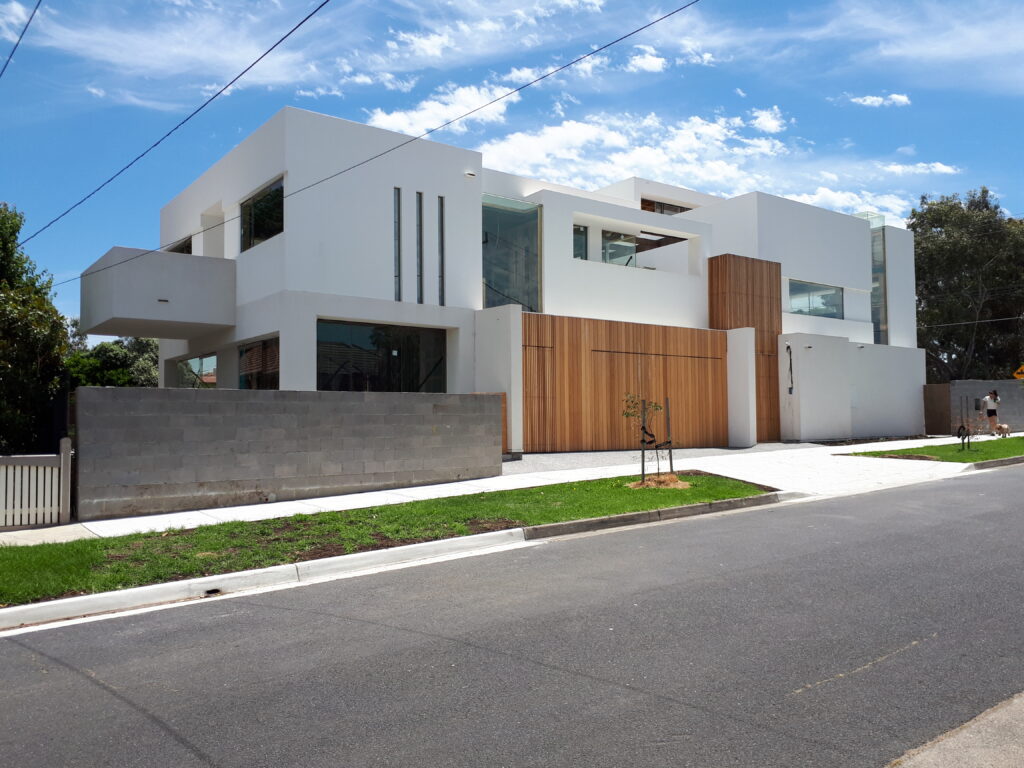What is an Energy Rating?
August 12th, 2021All new Australian homes (and some renovations to existing homes) must meet the 6 star energy rating requirements as specified in the National Construction Code. So what exactly is an energy rating and how is it assessed?
What is an Energy Rating?
The energy rating reflects how much artificial heating and cooling is needed to keep the temperature inside of your home within a comfortable range. Homes with a higher star rating are considered more thermally comfortable and more cost effective than homes with a lower star rating. Designing for your climate = the key to achieving a comfortable, high-performing home!
· 0-star rating: The building shell does practically nothing to reduce the discomfort of hot or cold weather.
· 6-star rating: The minimum standard in most states and territories. It indicates good thermal performance. A 6-star rated house is likely to use 24% less energy through heating and cooling than a 5-star rated house.
· 10-star rating: Requires no artificial heating or cooling throughout the year.
The full range of stars from 0 to 10 is called a star band. Star Bands are based on the amount of energy predicted to be used for homes in different locations. According to the Victorian Building Authority, achieving a 6-star energy rating isn’t difficult but it helps to work with your building designer or architect as early as possible during the design and planning stages.

How is an Energy Rating assessed?
Energy assessors use the Nationwide House Energy Rating Scheme (NatHERS) to predict the amount of heating and cooling your house will need to stay comfortable throughout the year. The results are then converted into a star rating between 0 and 10 stars, all the assessor needs is the architectural drawings of your building in a PDF format!
When evaluating a home, the assessment considers the materials that make up the home as well as the climate where you live. These include:
· Location
· Orientation
· Building materials
· Windows/glazing
· Insulation
· Exterior finish
· Ventilation
· Ceiling fans
· Lighting
· Floor coverings
What isn’t rated? Household appliances, lights and hot water systems don’t form part of a home’s energy rating assessment as they are not permanent fixtures and are usually replaced several times in the buildings lifetime.
Higher energy ratings help to lower your energy usage and reduce the environmental footprint of your household. It is important to understand when and where you consume the most energy in your home so that you can make an effort to reduce your environmental impact and lower your energy costs!
Need help finding energy rating friendly materials for your next build? Give us a call today on 9308 8800!










